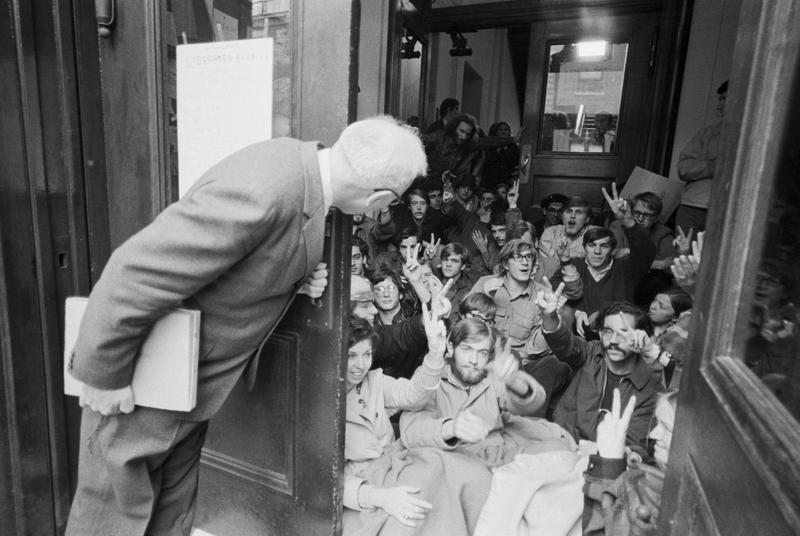Civil Rights Sit-Ins
By | October 10, 2018

If you remember anything about the groovy era, you must surely remember the civil rights movement. The civil rights movement began with racial equality in mind and eventually culminated into an “animal” all its own. From civil rights between blacks and whites to women’s liberation, the people were giving a voice to human rights injustices.
Sit-ins were a vehicle that was an intentional and peaceful way to shed light on social injustices in the hopes of bringing about change.

Sit-ins were a direct result of the civil rights movement that began in the 1960s. Sit-Ins are, by definition:
1. any organized protest in which a group of people peacefully occupy and refuse to leave the premises.
2. an organized passive protest, especially against racial segregation, in which demonstrators occupy seats prohibited to them, as in restaurants and other public places.
Although sit-ins began as a way to bring attention to the fact that all men are created equal and should be treated as such, other social platforms soon began using them as a means to get the word out about their causes. Many political, social and economic changes were brought to fruition as a result of this peaceful means of protest.
By 1960, the civil rights movement was front and center in the United States.
At first, sit-ins were considered to be an unnecessary nuisance by many. It wasn’t long before authorities realized that these peaceful protesters would not be ignored and/or go away without being recognized. These protesters mainly included the demographic of college students and other young people. They began in the South but soon were popping up all over the country.
The earliest sit-ins were staged in an attempt to end racial segregation in public places.
The first documented sit-in was held on February 1, 1960. Four black students from North Carolina went into the Woolworth Drug Store in downtown Greensboro and sat down at the lunch counter. When they were refused service because of their race, they decided that they would not leave without being heard. Despite harsh treatment and threats of bodily harm, they didn’t cause an unruly ruckus. The group of young men sat patiently and were heard by their actions instead of their words.

As a result of the Woolworth sit-in, the department store reversed its policy of racial segregation in the South. Ezell Blair, Jr., David Richmond, Franklin McCain and Joseph McNeil were the young men who are credited with being responsible for the first sit-in.
After news of this initial sit-in got out, this peaceful form of protest began gaining momentum around the country. Activists and their supporters were more determined than ever to strike while the iron was hot and get the word out about so many social injustices.

Martin Luther King, Jr. played a key role in the civil rights movement. He brought recognition to the cause in a way that was difficult to ignore. King’s, “I Have a Dream,” speech was no small accomplishment.
Sit-ins were not instituted lightly which is probably the reason they carried so much weight. The causes surrounding sit-ins were typically of utmost importance and were not staged without good cause. Peaceful protesters who participated in these events were often under attack and at risk for physical harm due to taking a stand. Angry people who were against the protests were known for trying to provoke rage and physical fights. The protesters remained calm and true to their cause which spoke volumes.

All these years later, the political, social and civil rights freedoms that we enjoy today are the result of the brave efforts of generations past. Our society is not perfect but is definitely better because of their efforts.
